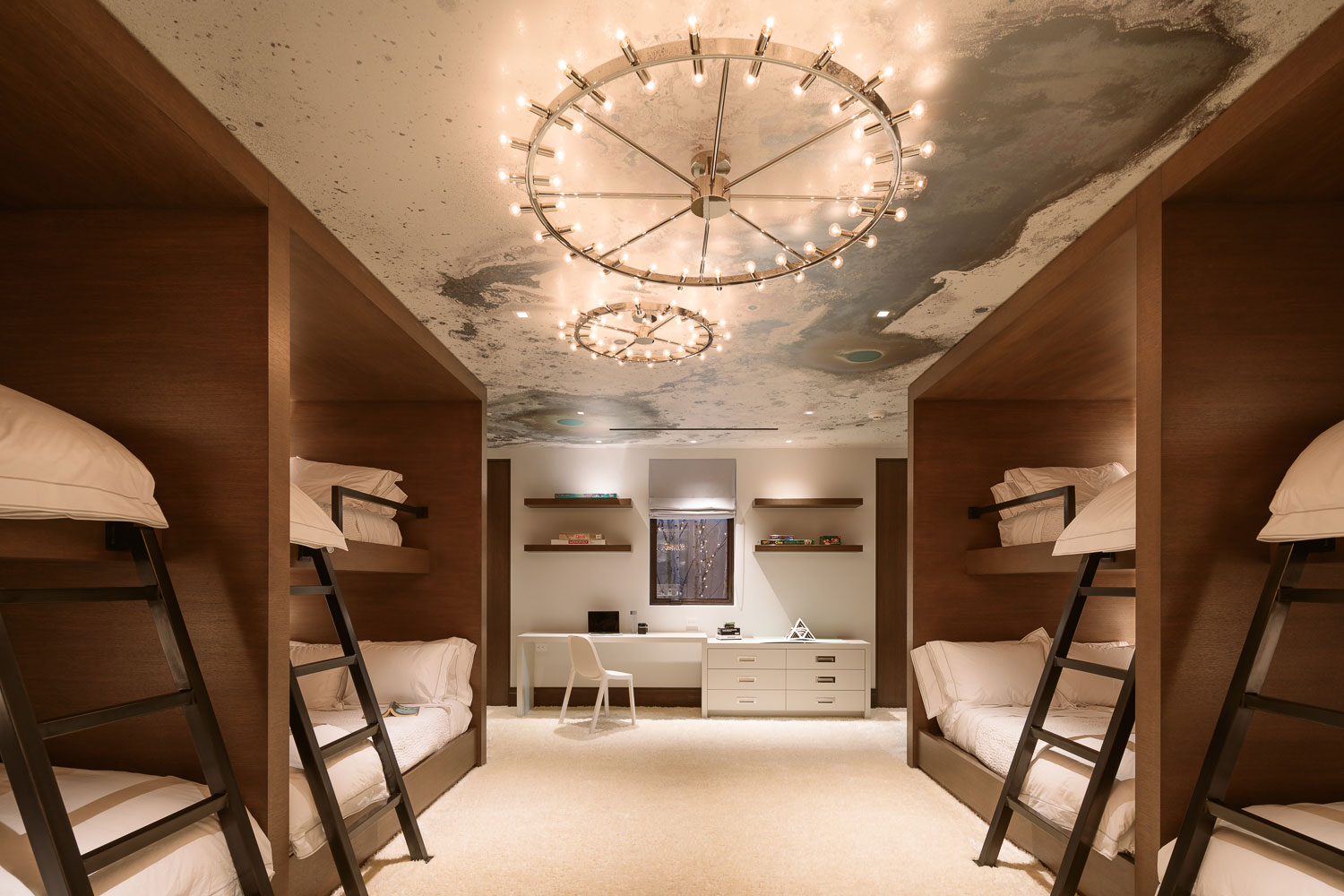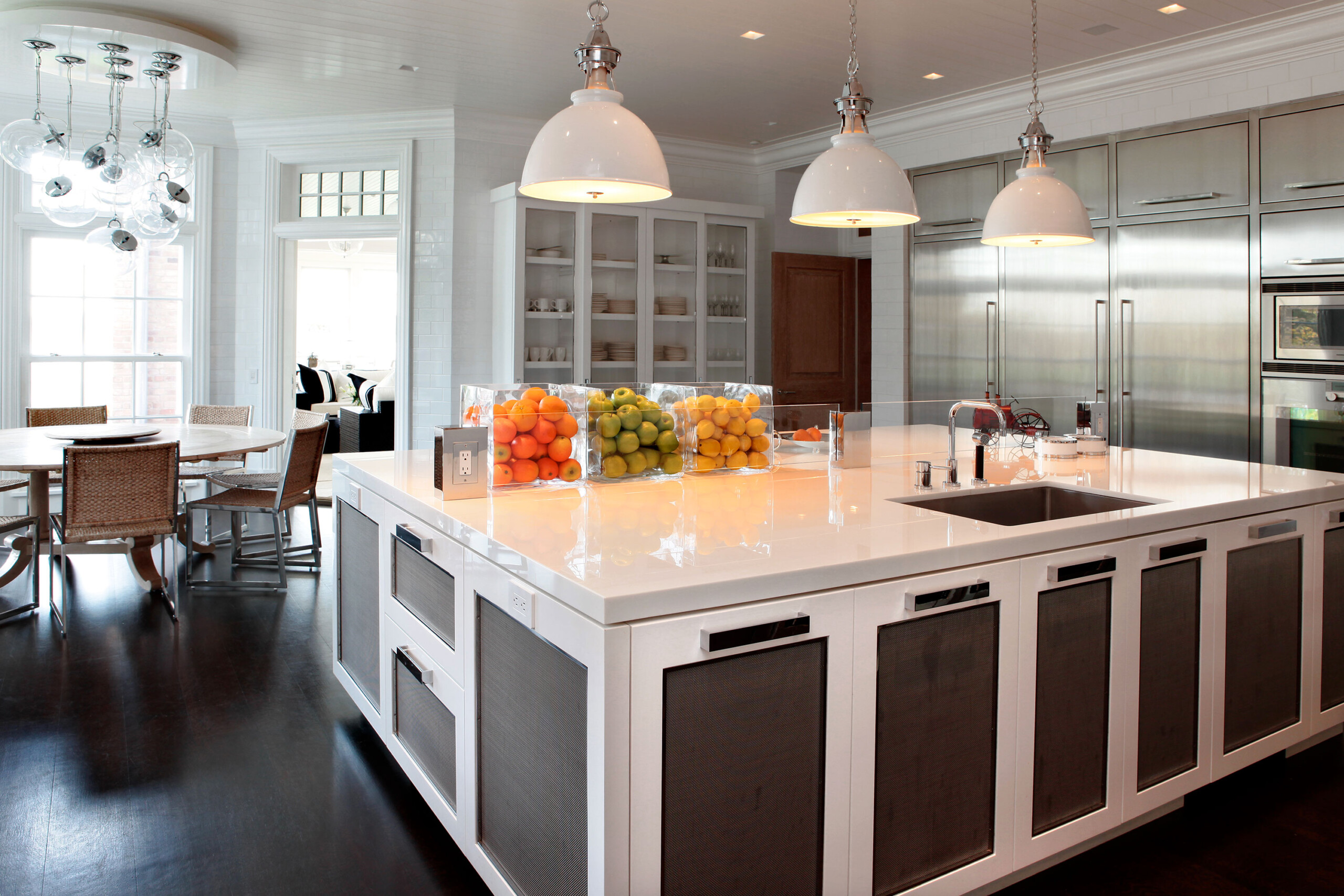5 Lighting Terms That Will Make You Sound Like an Expert
Lighting is a complex and very technical component of interior design. There are many aspects to take into account when looking to sufficiently light a space. With all of the options available when specifying a light, we understand it can get very confusing. Here are 5 lighting terms that will make you sound like an expert:

1. Color Temperature
Color temperature is the color of light cast from a fixture. It ranges from orange to blue, or candlelight to daylight, and is measured in Kelvin. As a general guideline, the lower the number, the warmer the color. Popular color temperatures are 2700K (Incandescent Warm), 3000K (Warm White), and 3500K (Cool White). We recommend matching light temperatures across all fixtures for a unified feel or choosing lighting with adjustable color temperatures.
2. Lumens
Lumens measure the brightness of a fixture. The higher the lumen count, the brighter the output. Many times, lighting is installed on a dimmer and can adjust its lumens to fit a variety of moods, which is always our preference. Incandescent bulbs typically cast 14 lumens per watt. More energy efficient CFL bulbs cast about 63 lumens per watt. For energy efficient and environmentally friendly lighting, we recommend LED bulbs, which are typically 74 lumens per watt.

3. CRI (Color Rendering Index)
The CRI specification of a fixture refers to the quality at which the light renders color. For example, art lighting should have a very high CRI (95+ is ideal), as it renders colors accurately. Reds, blues, and greens will appear vibrant and accurate, as if you’re viewing the piece of art in the daylight. Lighting with low CRI can skew colors or make them appear muddy.
4. Wattage
Wattage measures the amount of electrical power a bulb uses. The higher the wattage, the more power is drawn. With today’s technology, LED lighting with low wattage can draw less power and create equal or greater light output to what a more traditional incandescent bulb can achieve.
5. Voltage
Voltage is a location-based specification. Based on your country’s capabilities, you may have 120V (USA) or 240V (Europe) fixtures. Voltage is the pressure from an electrical circuit’s power source that pushes charged electrons (current) through a conducting loop. In simpler terms: it’s just the way your country’s electrical grid is set up, and you don’t have much control over this. Many fixtures are offered in both voltages, and many power supplies are flexible for both setups. Your electrician should be able to tell you which voltage you need for your project.

We recommend working closely with a professional who understands the specifications you need for your project, both from an aesthetic and functional perspective. Our interior designers are well-versed in electrical specifications and will work alongside an electrician to properly and safely install lighting. Pembrooke & Ives puts the utmost importance on high quality lighting for bringing an interior to life.